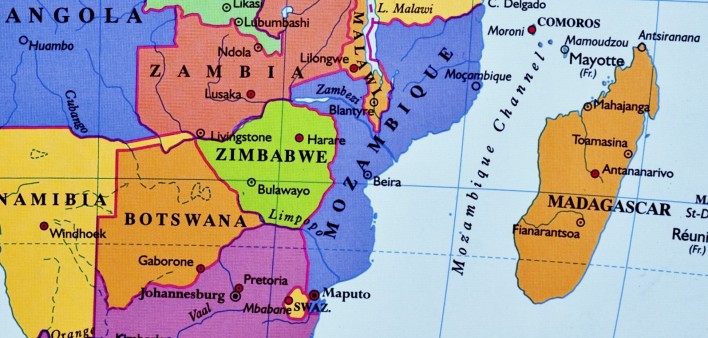A combination intervention strategy to improve rates of linkage to and retention in HIV care following diagnosis was successful in a study conducted in Mozambique, aidsmap reports.
Researchers in the Engage4Health study evaluated a strategy that included providing on-site CD4 testing to those testing positive for the virus at HIV testing sites, a sped-up process of starting antiretroviral (ARV) treatment following diagnosis and text-message reminders about HIV care appointments. They presented their findings at the 2017 Conference on Retroviruses and Opportunistic Infections (CROI) in Seattle.
A portion of those who received this intervention also received up to three prepaid cell phone cards, valued at $5 each, to incentivize linking to HIV care within one month of diagnosis, staying in care through six months and staying in care through 12 months.
The cluster-randomized controlled trial was conducted among 2,004 newly diagnosed people at 10 clinics in Mozambique between 2013 and 2016. A total of 744 people received the combination intervention strategy, 493 received that strategy plus the phone-card incentives and 767 received the standard of care. The standard of care included lab-based CD4 testing, returning for the results in two to four weeks and counseling about ARVs at a different medical visit.
The researchers primarily looked at the proportions of the three study groups that were linked to HIV care within one month and also retained in care within 12 months. Thirty-five percent of those receiving the combination intervention, 57 percent of those receiving the combination intervention plus the incentives and 55 percent of those receiving the standard of care achieved this outcome. This meant that those in each of the two intervention groups were 50 to 60 percent more likely than those in the standard-of-care group to achieve the study’s main combined milestone.
The respective proportions of the three groups that were linked to care within one month were 63 percent, 94 percent and 95 percent. Ultimately, a respective 56 percent, 42 percent and 45 percent of the groups were lost to follow-up.
To read the aidsmap article, click here.
To read the conference abstract, click here.
To view a webcast of the conference presentation, click here.







Comments
Comments